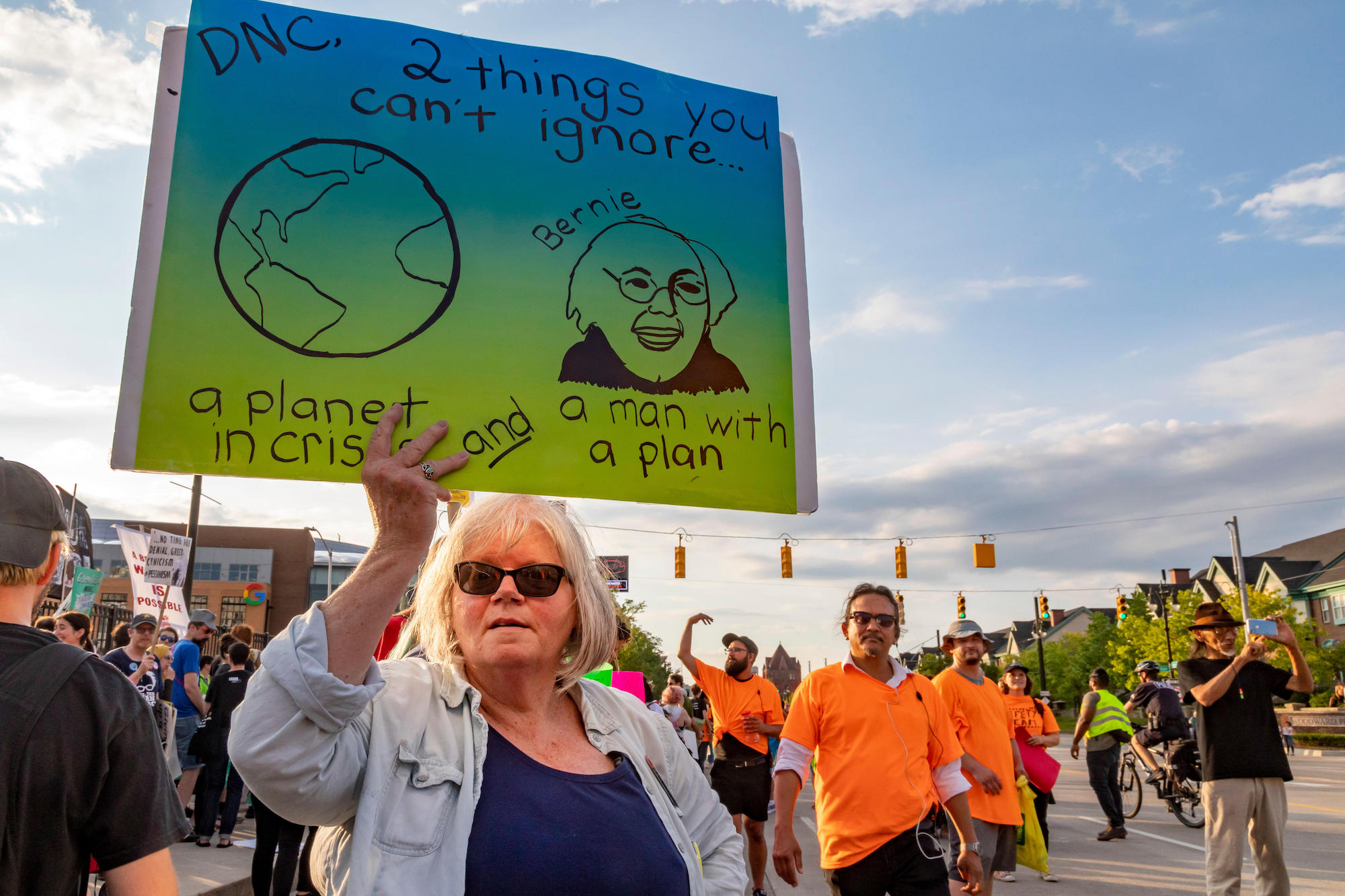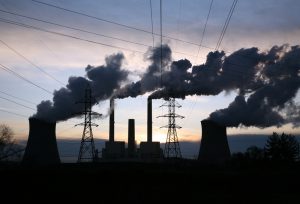After more than a year of campaigning to win the Democratic Party nomination, the busy calendar of voting by US states and territories is finally starting today in Iowa. It will finish with the Virgin Islands in June. The winner will challenge President Trump in the presidential election in November.
The nomination is a big deal for the climate given Trump’s intransigence on the issue. In the past, a Democrat running for president may have acknowledged that climate change is a real and growing global problem, and suggested the need for a cap-and-trade scheme or a carbon tax. In this election cycle, candidates have been pushed to provide more detailed and ambitious climate plans.
All candidates agree on the need to re-join the Paris Agreement, which the US will officially leave just days after the general election on 3 November. But, as Senator Cory Booker said: “Nobody should get applause for re-joining the Paris climate accords. That is kindergarten.” Where candidates disagree is over the future of fossil fuels, the scale and speed of action, and how much the government should spend.
Less gas, more renewables
Democrats disagree on the role fracked gas can play in meeting future energy needs. Amy Klobuchar, one of the more conservative candidates remaining in the race, said: “I actually see natural gas as a transition fuel… to carbon neutral.”
Gas-fired power plants have helped reduce US emissions by replacing coal. But for the US to make the cuts in greenhouse gases scientists say are needed, gas is still a problem. It’s a highly polluting fossil fuel and new infrastructure will likely lock in emissions for some time to come.
President Obama once celebrated the US oil and gas boom but the perception of gas and other fossil fuels is changing. After pressure from activists, all the major candidates have pledged not to take money from oil, gas and coal companies, whose influence is seen as a barrier to agreeing ambitious climate action.
Bernie Sanders and Elizabeth Warren, two of the frontrunners for the nomination on the left-wing of the party, say it’s time to radically increase the amount of renewable energy and have called for bans on fracking and the long-term phaseout of fossil fuels. This has increased their support among environmentalists but presents a problem when it comes to winning votes in states where oil and gas are a significant source of employment.
Spending big
Senators Sanders and Warren co-sponsored the Green New Deal, a hugely ambitious framework for quickly reducing US emissions, with an emphasis on job creation. Sanders plans to reduce domestic greenhouse gas emissions by at least 71% on 2017 levels by 2030, dramatically exceeding the country’s Paris Agreement target, and spending trillions of dollars on renewable energy, energy storage and modernising the electricity grid. Warren has similar targets and has released plans to increase climate resilience, protect vulnerable communities, require corporate disclosure and protect the oceans.
Government spending on this scale is anathema to Republicans, at least on clean energy and infrastructure, and it’s a break from the more modest plans of the Obama era. Former vice-president, Joe Biden, leads in most polls and has promised to build incrementally on Obama’s legacy, ruling out a fracking ban and setting long-term targets for a phased transition. His plan emphasises the need to “fulfil our obligation to workers and communities who powered our industrial revolution and subsequent decades of economic growth.” Biden said of Bernie Sanders’ more radical climate plan: “There’s not a single solitary scientist that thinks it can work.”
If a Democrat is elected, they’ll certainly face significant political obstacles. Obama failed to pass a cap-and-trade bill in 2009 because of opposition from within his own party. Democratic senator Joe Manchin of West Virginia, an area known for coal mining, shot a copy of the proposed bill with a gun. Thanks to a senate rule known as the filibuster and Republican opposition, legislation often requires 60 of the 100 senators to vote in favour and there’s little chance of 60 senators supporting climate legislation. As Pete Buttigieg, another of the leading candidates, says: “With the filibuster in place, any meaningful action to combat climate change will be even further out of reach.” But removing the filibuster might allow a future Republican president to face fewer checks on their power and so some veterans of the senate, including Joe Biden, oppose getting rid of it.
If a new president can’t pass legislation, they’ll be forced to take executive action. Obama did this but his signature climate legislation, the Clean Power Plan, was quickly reversed by President Trump. Unless the Democrats maintained power, the prospects of continued climate action would be contingent on the Republican party, which remains opposed to action on the scale needed.
Despite this, the Democratic primary offers reasons to be hopeful. The prospect of the full might of the US federal government being used to build clean energy infrastructure, reduce emissions, and re-engage international partners, is genuinely exciting. But looming over all of this is the very real possibility that President Trump will be elected for a second term. In that case, even more modest climate goals may be out of reach.









![Tara Karki on the bank of the Mahakali, with India across the river [All images by: Minket Lepcha]](https://dialogue.earth/content/uploads/2020/02/Minket-story-3-Tara-Karki-Main-Pic-300x200.jpg)